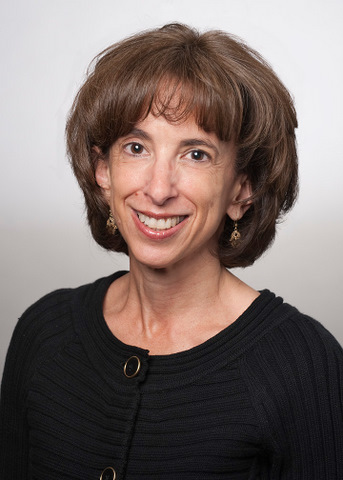 On Wednesday, I attended the Global Health Council Conference plenary session entitled "After the Earthquake: Towards Building a New Haitian Health System”, in which the Haitian Minister of Health, the Honorable Dr. Alex Larsen, discussed Haiti’s number one health priority—building the country’s human resources for health.
On Wednesday, I attended the Global Health Council Conference plenary session entitled "After the Earthquake: Towards Building a New Haitian Health System”, in which the Haitian Minister of Health, the Honorable Dr. Alex Larsen, discussed Haiti’s number one health priority—building the country’s human resources for health.
Dr. Larsen and partners of the Haitian Ministry of Health conveyed the futility of developing infrastructure and obtaining commodities without simultaneously bolstering the health care workforce. He mentioned three cadres of health workers that are currently in particularly high demand: community health workers, midwives, and nurse anesthesiologists. Read more »
